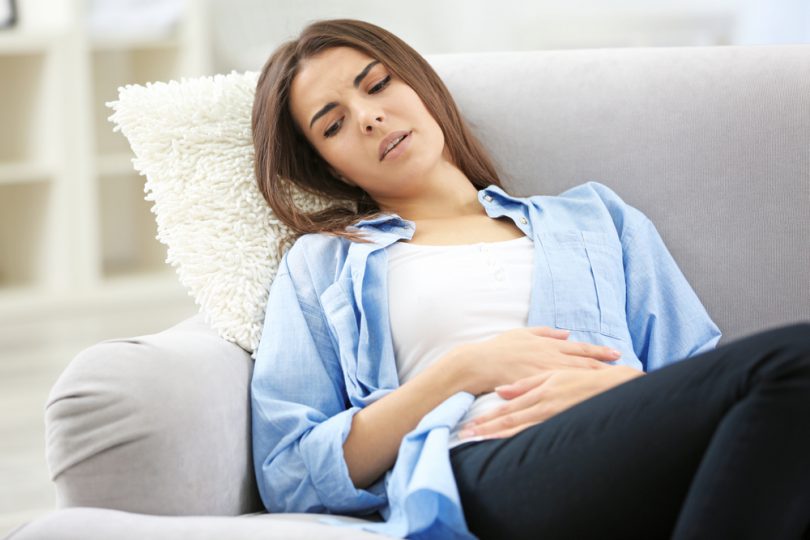March is endometriosis awareness month
Every year in March, a wide variety of national and international events are designed to raise awareness for endometriosis, a gynecological disorder affecting millions of women all over the world.
Endometriosis is very common
Endometriosis is the most frequent benign gynecological disorder. One out of ten women of reproductive age is affected, and among subfertile women this figure skyrockets to an approximate 50 %.Endometriosis is characterized by presence of endometrial tissue outside the uterine cavity. This can lead to inflammation, scar formation, bowel issues, pain, and subfertility.
Treatment options are often invasive and full of side effects.
New treatment option
Now, an unlikely candidate provides new hope to patients: N-acetyl-L-cysteine (NAC), a substance well known as a reliable expectorant, seems to present as a promising alternative treatment option in endometriosis.
This is the result of a study published in 2013 in a nutritional journal. The authors employed NAC as supplement and observed that this form of treatment led to diminished growth, and sometimes even shrinking of endometriosis. Many of the study participants could even cancel the laparoscopy they had already planned. Side effects have not been reported.
Since 2015, NAC is available for this indication in combination with other precious micronutrients as Fertilovit® FEndo (www.fertilovit.com).
Reference:
Maria Grazia Porpora, Roberto Brunelli, Graziella Costa, Ludovica Imperiale, Ewa K. Krasnowska, Thomas Lundeberg, Italo Nofroni, Maria Grazia Piccioni, Eugenia Pittaluga, Adele Ticino, and Tiziana Parasassi , A Promise in the Treatment of Endometriosis: An Observational Cohort Study on Ovarian Endometrioma Reduction by N-Acetylcysteine. Evid Based Complement Alternat Med. 2013; 2013: 240702.
“Urged by the unmet medical needs in endometriosis treatment, often with undesirable side effects, and encouraged by N-acetylcysteine (NAC) efficacy in an animal model of endometriosis and by the virtual absence of toxicity of this natural compound, we performed an observational cohort study on ovarian endometriosis. NAC treatment or no treatment was offered to 92 consecutive Italian women referred to our university hospital with ultrasound confirmed diagnosis of ovarian endometriosis and scheduled to undergo laparoscopy 3 months later. According to patients acceptance or refusal, NAC-treated and untreated groups finally comprised 73 and 72 endometriomas, respectively. After 3 months, within NAC-treated patients cyst mean diameter was slightly reduced (−1.5 mm) versus a significant increase (+6.6 mm) in untreated patients (P = 0.001). Particularly, during NAC treatment, more cysts reduced and fewer cysts increased their size. Our results are better than those reported after hormonal treatments. Twenty-four NAC-treated patients—versus 1 within controls—cancelled scheduled laparoscopy due to cysts decrease/disappearance and/or relevant pain reduction (21 cases) or pregnancy (1 case). Eight pregnancies occurred in NAC-treated patients and 6 in untreated patients. We can conclude that NAC actually represents a simple effective treatment for endometriosis, without side effects, and a suitable approach for women desiring a pregnancy.”








Thank you for the article.
Great blog that I enjoyed reading.